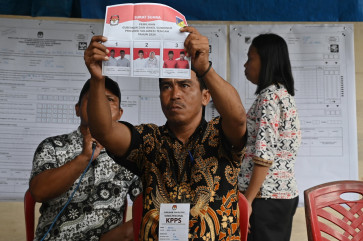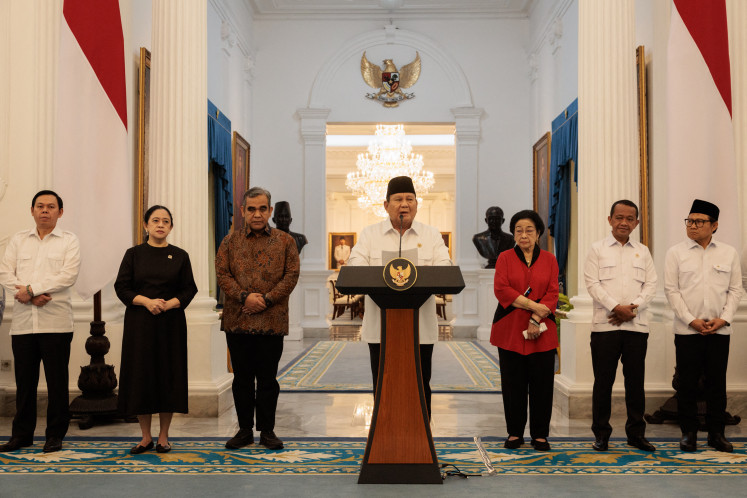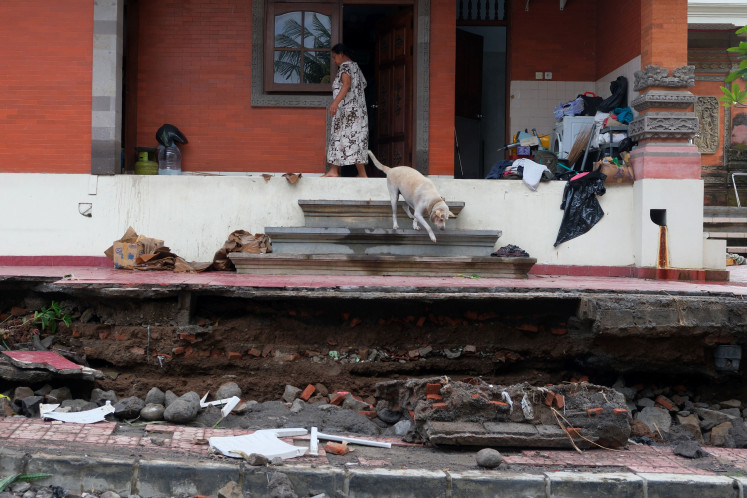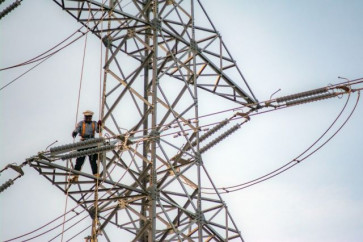Popular Reads
Top Results
Can't find what you're looking for?
View all search resultsPopular Reads
Top Results
Can't find what you're looking for?
View all search resultsASEAN needs to promote cross-border power trade
How to create a competitive market that all member states can enter is the crux of optimizing cross-border electricity trade through the ASEAN Power Grid project.
Change text size
Gift Premium Articles
to Anyone
I
n order to reach optimal electrification and its emissions reduction goals, Southeast Asia must reconsider how best to work together, given the region's growing demand for power and its commitment to decarbonization.
The power market in each nation is currently controlled and governed individually, with limited interconnectivity across national grids. As a step forward to achieving regionwide interconnectivity, ASEAN has been working on the ASEAN Power Grid (APG) project since 1997. It prioritizes the expansion of multilateral power trade, as the region has committed to integrate 23 percent share of renewable energy in its electricity supply by 2025.
In pursuit of this aspirational regional target for ASEAN member states’ interconnection and enhancement of the region’s power system, the implementation of APG interconnection projects began with 18 prospective transnational power connections by 2040, with a combined capacity of around 33 gigawatts (GW).
Half of these are currently operating and following the launch the first multilateral, cross-border Laos-Thailand-Malaysia-Singapore Power Integration Project (LTMS-PIP) on June 23, 2022, energy totaling 270 GW has been traded. This shows the countries' resolute dedication to promoting multilateral power trade in ASEAN. Even though the 18 interconnections are viable, strong and massive adjustment still matters, especially in policy and infrastructure.
When it comes to integrating variable renewable energy into the existing system, flexible grid management and advanced technology are essential. Maintaining the grid and control system, as well as dealing with disruptions, are complicated and require substantial investment and coordination. There will always be a need to optimize synergy and push political enhancement, which can be facilitated by intergovernmental cooperation.
Such cooperation can help to define the clear pathways to be taken by ASEAN’s governing body, which has said that electricity interconnection and multilateral power trade need to have harmonized standards as well as regulatory and institutional frameworks. Each member’s government needs to be clear in picturing how to cooperate with each other and set up common regulations between them, for example on sharing information, operating the grid together and determining taxes, tariffs and cost sharing.
The existing agreement on implementing APG interconnection allows ASEAN states to take individual and collective initiatives to study, assess and review relevant focuses on integrated power grid implementation.



















